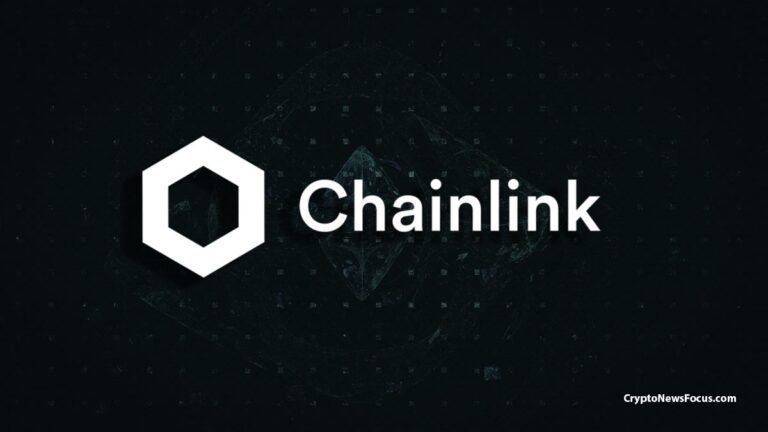
- Bitcoin is a decentralized digital currency introduced in 2009 by Satoshi Nakamoto, designed to enable peer-to-peer transactions without third-party involvement.
- It can be mined, bought, or used for payments and investments, but carries risks such as volatility, security threats, and regulatory uncertainty.
Bitcoin, the world’s first and most well-known cryptocurrency, was launched in 2009 by an anonymous figure (or group) under the name Satoshi Nakamoto. Designed to bypass centralized control, Bitcoin allows peer-to-peer transactions without the need for banks or financial institutions.
ALSO READ:Pi Network Faces Bearish Signals as $1 Target Remains Elusive
From Concept to Genesis Block
Bitcoin’s journey began in 2008 when the domain Bitcoin.org was registered. A white paper soon followed, outlining a peer-to-peer electronic cash system. The first Bitcoin block—known as the genesis block—was mined on January 3, 2009. Embedded in it was a newspaper headline referencing a bank bailout, highlighting the cryptocurrency’s mission: a decentralized alternative to traditional finance.
Understanding How Bitcoin Works
At its core, Bitcoin runs on blockchain technology—a decentralized, transparent ledger maintained by a global network of computers. Each block in the chain contains encrypted data from previous blocks, forming a secure and verifiable chain. Transactions are recorded using a SHA-256 cryptographic hash algorithm, ensuring tamper-resistant records.
Bitcoin is divisible up to eight decimal places. The smallest unit is called a satoshi, named after its creator.
MIGHT ALSO LIKE:Monero Surpasses $400 Despite Delistings and Regulatory Pressure, Reclaims Top 25 Spot
Mining and Buying Bitcoin
Bitcoin mining involves solving complex computational problems. Initially possible on home computers, mining is now dominated by ASICs—specialized machines capable of performing trillions of hashes per second. For everyday users, joining a mining pool can improve the chances of earning rewards, though profits are shared.
Buying Bitcoin is more accessible. Through exchanges like Coinbase, anyone can purchase fractions of a Bitcoin using fiat currency. All you need is a digital wallet to store your assets securely.
How Bitcoin Is Used
Bitcoin’s use has expanded far beyond its original intent as a digital currency. While it can be used for everyday purchases at participating merchants, its high value and volatility have turned it into a popular investment asset. In fact, Bitcoin’s price surged past $100,000 in December 2024, making headlines and reinforcing its status as a store of value.
Investing Risks
Despite its popularity, BTC remains a high-risk investment. Its price is highly volatile, subject to regulatory shifts, and vulnerable to cyber threats. While it offers potential for high returns, the lack of insurance and legal clarity in many countries means investors must tread carefully.
Bitcoin is more than just digital money—it’s a groundbreaking financial experiment. Whether you’re mining it, investing in it, or using it to pay for coffee, understanding how it works is crucial in navigating this rapidly evolving digital landscape.
ALSO READ:Ripple CTO Clarifies XRP Has No Central Issuer Amid Debate
DISCLAIMER:
The views and opinions expressed herein are solely those of the author and do not necessarily reflect the views of the publisher. The publisher does not endorse or guarantee the accuracy of any information presented in this article. Readers are encouraged to conduct further research and consult additional sources before making any decisions based on the content provided.




